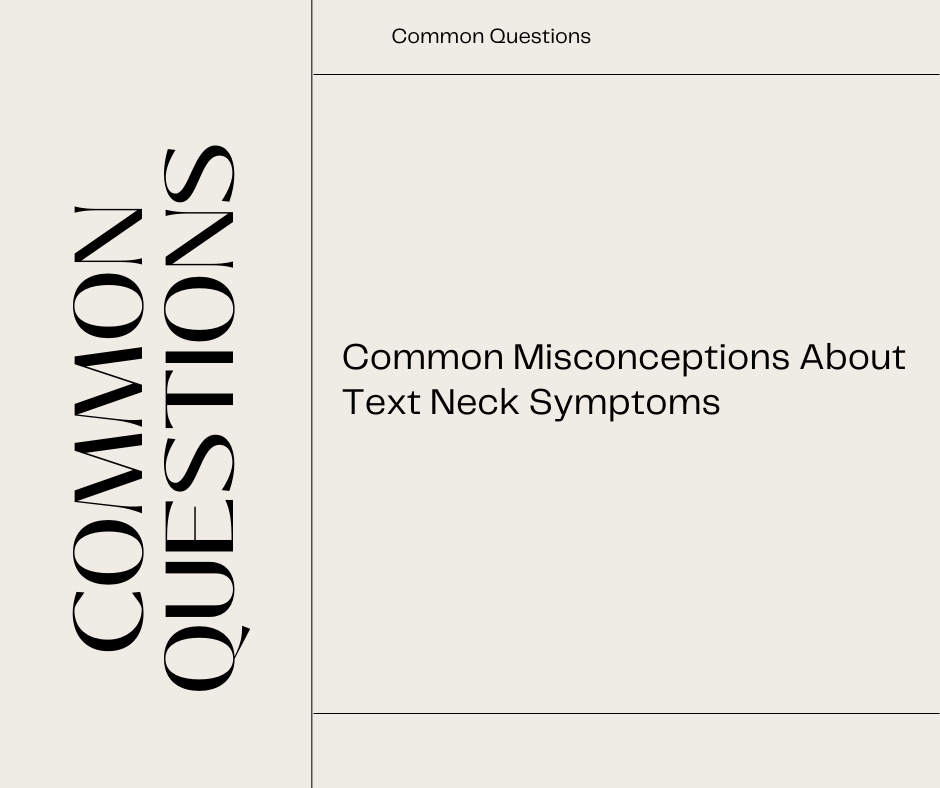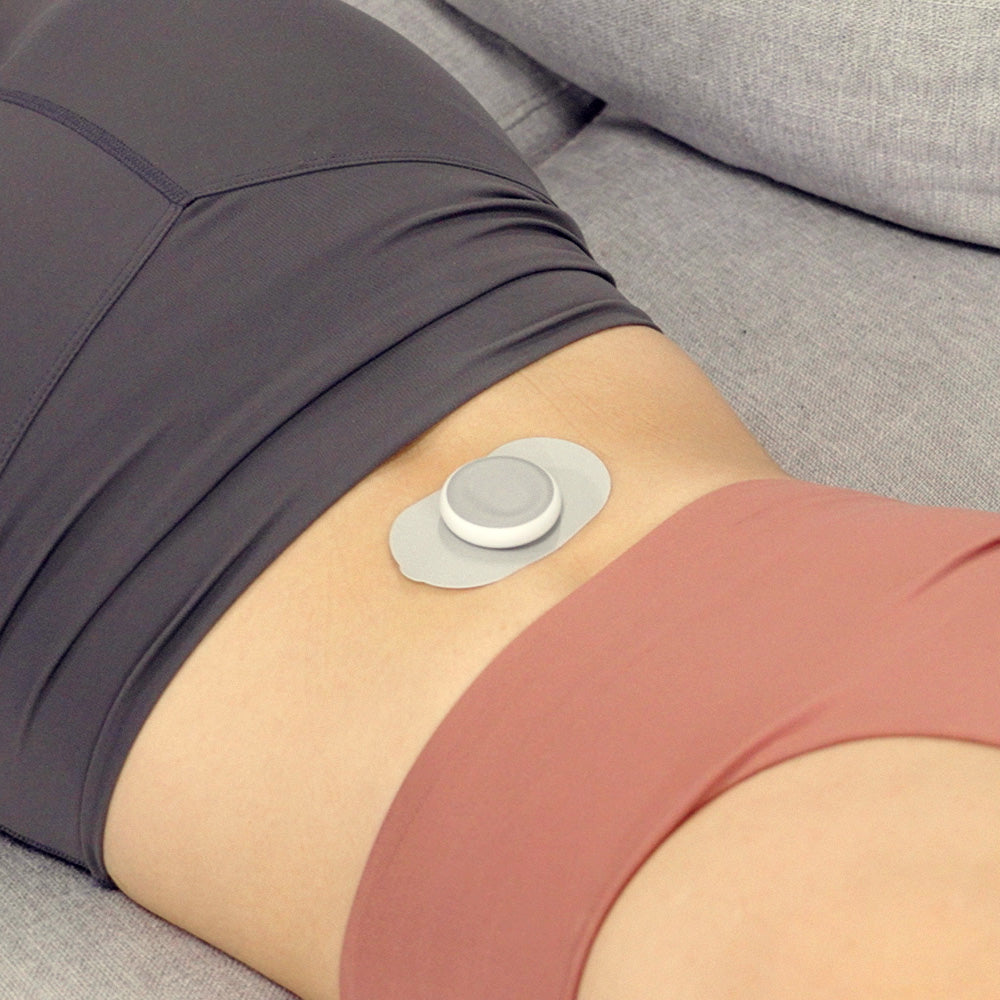Common Misconceptions About Text Neck Symptoms
As our world becomes increasingly digital, we find ourselves spending more time hunched over screens – be it smartphones, tablets, or laptops. This shift in our daily activities has given rise to a new health concern known as "text neck." While text neck symptoms are becoming more prevalent, there are also several misconceptions surrounding this condition that need to be addressed. In this article, we will debunk some common misconceptions about text neck symptoms.
Misconception 1: Text Neck Only Affects the Neck
One of the most widespread misconceptions about text neck is that it solely affects the neck. In reality, text neck can have a broader impact on the body. While neck pain is a primary symptom, individuals may also experience:
Shoulder Pain: The strain from looking down at screens can lead to shoulder discomfort and tension.
Upper Back Pain: Text neck symptoms often extend to the upper back, causing pain in this area.
Headaches: The tension in the neck and upper back can result in tension headaches.
Understanding that text neck can manifest in various areas of the upper body is crucial for proper diagnosis and treatment.
Misconception 2: Text Neck Only Affects Adults
Another common misconception is that text neck symptoms are exclusive to adults. In reality, this condition can affect individuals of all ages, including teenagers and even children. With the widespread use of smartphones and tablets among younger generations, it's essential to recognize that text neck symptoms can develop early in life.
Misconception 3: Text Neck Symptoms Are Temporary
Some believe that text neck symptoms are temporary and will resolve on their own. While mild cases of text neck might alleviate with rest and improved posture, more severe cases can persist and worsen over time. Neglecting to address text neck symptoms can lead to chronic discomfort and potential long-term issues.
Misconception 4: Text Neck Symptoms Require Medication
A prevalent misconception is that text neck symptoms can only be treated with medication. While pain relief medication might offer temporary relief, it doesn't address the root cause of the problem. Managing text neck symptoms effectively involves a holistic approach, including:
Posture Correction: Learning and maintaining proper posture while using digital devices.
Regular Stretching: Incorporating neck and shoulder stretches into your daily routine to relieve tension.
Strength Exercises: Strengthening the neck and upper back muscles to support the spine.
Therapeutic Devices: Exploring non-invasive solutions like TENS (Transcutaneous Electrical Nerve Stimulation) devices, which can help relax and relieve pain in affected muscles.
Misconception 5: There's No Way to Prevent Text Neck
Some believe that text neck is inevitable in our technology-driven world. However, there are proactive measures that individuals can take to prevent text neck symptoms. These include:
Ergonomic Practices: Adjusting screen angles and using stands or holders to keep devices at eye level.
Frequent Breaks: Taking breaks from screen use to stretch and relax the neck and shoulders.
Neck Strengthening: Incorporating exercises to strengthen the neck muscles and improve posture.
Conclusion
Understanding the common misconceptions about text neck symptoms is essential for effective prevention and management. While this condition may be prevalent in our digital age, it's not without solutions. By debunking these misconceptions and taking proactive steps, individuals can alleviate discomfort, maintain better posture, and lead a more comfortable and healthy digital life.










